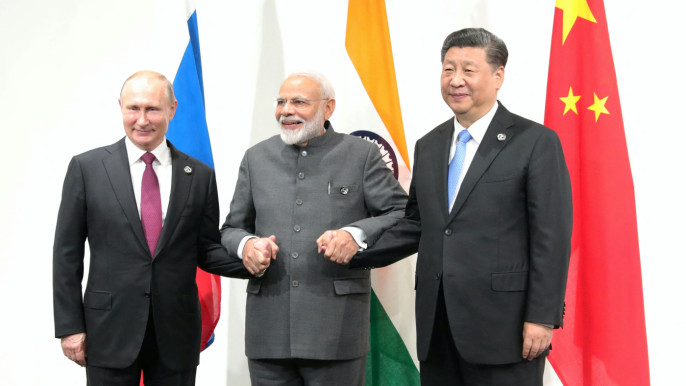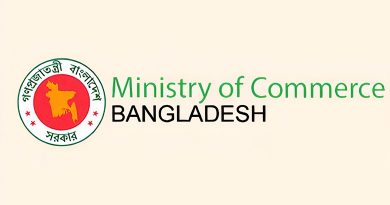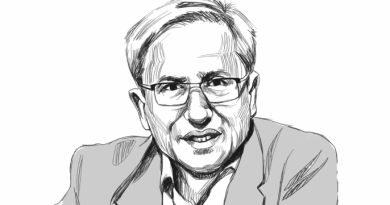Narendra Modi recently visited Tianjin for the Shanghai Cooperation Organisation (SCO) summit, his first visit to China since 2018.
The symbolism was hard to miss. The Indian prime minister, long courted by Washington as a bulwark against Beijing, stepped into a forum once considered peripheral to India’s strategic calculations. This time, though, the equation has shifted, and much of that shift can be traced back to Washington.
US President Donald Trump’s imposition of sweeping tariffs on Indian exports, including a 25% levy linked to Delhi’s continued purchases of Russian oil, has soured relations between the two countries. From seafood and rice to diamonds, India’s export sector has been hit, showing what was once one of the world’s closest strategic partnerships. It is this downturn that has nudged Delhi closer to its Asian neighbours.
With the SCO bringing together China, Russia, India, Pakistan, Iran, and now Belarus, representing 43% of the world’s population and nearly a quarter of global GDP, the forum is gaining fresh significance.
Chietigj Bajpaee and Yu Jie of Chatham House, writing recently in the Foreign Policy, argued that the three major powers of Asia are uniquely placed to benefit from this shift.
“Leveraging each of their advantages, China’s manufacturing prowess, India’s service sector strengths, and Russia’s natural resource endowment, they can work to reduce their dependence on the United States to diversify their export markets and ultimately reshape global trade flows,” they wrote.
The irony is sharp. Not long ago, India was a central pillar of the US-led Quad, a grouping often described as an “Asian NATO”. Under American pressure, Delhi refrained from joining the Regional Comprehensive Economic Partnership (RCEP), the China-led free trade agreement. But Trump’s tariff offensive has altered the picture.
“The downturn in India’s relations with Washington has prompted New Delhi to rediscover the utility of the SCO,” Bajpaee and Yu noted.
The optics in Tianjin underscored the point. Modi was seen walking hand-in-hand with Vladimir Putin, later spending 45 minutes in the Russian president’s limousine. For Moscow, isolated since its 2022 invasion of Ukraine, such images signal a strengthening of ties.
Putin himself thanked both India and China for their “support and their efforts to facilitate the resolution of the Ukrainian crisis”. Despite voting against Russia at the UN, many countries across the Global South have refused to enforce sanctions.
Bajpaee and Yu described Russia as occupying a “Goldilocks zone” in the global order, “Strong enough to place a degree of check on US and Chinese bids for hegemony, but not enough to emerge as a global hegemon itself.”
This makes Moscow a convenient partner for countries looking to resist Western dominance without becoming beholden to Beijing. China is also making the correct use of the moment.
Alejandro Reyes of the University of Hong Kong said in an interview with Al Jazeera, “This is a time when the US is burning bridges with almost every country. So, in President Xi’s mind, it is a good time for China to position itself as a world power by showcasing that it has productive relations with many countries. China always tries to make friends where it can.”
India’s rapprochement with China is still tentative, given the scars of the 2020 Galwan Valley clash and unresolved disputes over Tibet and shared rivers. Yet analysts argue that geopolitics is forcing pragmatism.
“Remember, at one point, the US and India were coming together to balance China,” Priyanka Kishore of Asia Decoded stated in an interview with BBC. “But India is completely perplexed with the US and its position. So it’s a smart move – and feeds into the multipolar narrative that both India and China believe in.”
Leveraging each of their advantages, China’s manufacturing prowess, India’s service sector strengths, and Russia’s natural resource endowment, they can work to reduce their dependence on the United States to diversify their export markets and ultimately reshape global trade flows.
Chietigj Bajpaee and Yu Jie, Chatham House
The SCO itself is hardly seamless. Manoj Kewalramani of the Takshashila Institution in Bangalore cautioned against seeing it as a unified bloc.
“Different countries on the platform are there for different reasons,” he told Al Jazeera. “For the Central Asian states, it is about security and economic engagement with China. For India, addressing terrorism in the region is key.” India has repeatedly blocked attempts by China and Russia to forge common positions on Ukraine, and its disputes with Pakistan remain unresolved.
Still, the timing of the summit is important. Two days after the meetings in Tianjin, many leaders headed to Beijing for a World War II commemoration parade, providing another stage for China to project its leadership in Asia.
More than 20 heads of state or government attended the parade, including Indonesian President Prabowo Subianto, who did so despite having had to deal with protests at home. Singapore was represented by Deputy Prime Minister Gan Kim Yong.
The message is that, while Washington leans on tariffs and sanctions, Asia is knitting together platforms for cooperation that may ultimately prove more durable.
Bajpaee and Yu suggested that the combined weight of Asia’s three major powers could gradually “reshape global trade flows”. The subtext is clear: US trade restrictions may, inadvertently, be accelerating the very multipolar order Washington once sought to prevent.
For India, the shift is particularly striking. Once celebrated in Washington as the democratic counterweight to China, Delhi is now signalling that it has options beyond the West. Modi’s presence in Tianjin was as much about strategic flexibility as economic necessity. The tariffs that Trump intended as punishment may, in the long run, prove to be the catalyst that turns Eurasia into the world’s economic supercontinent.






